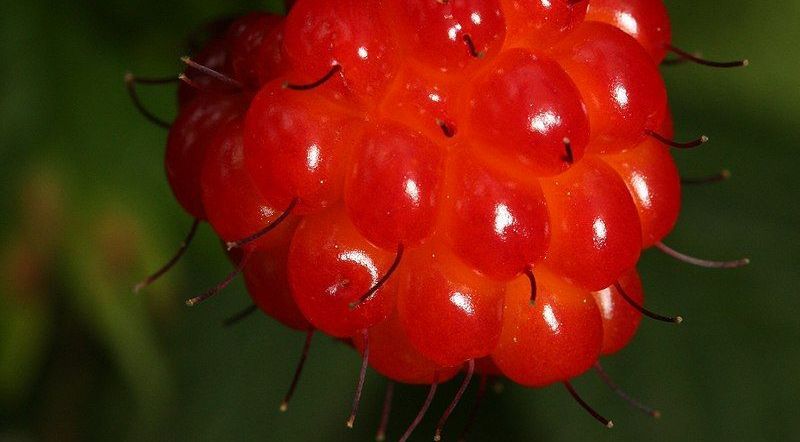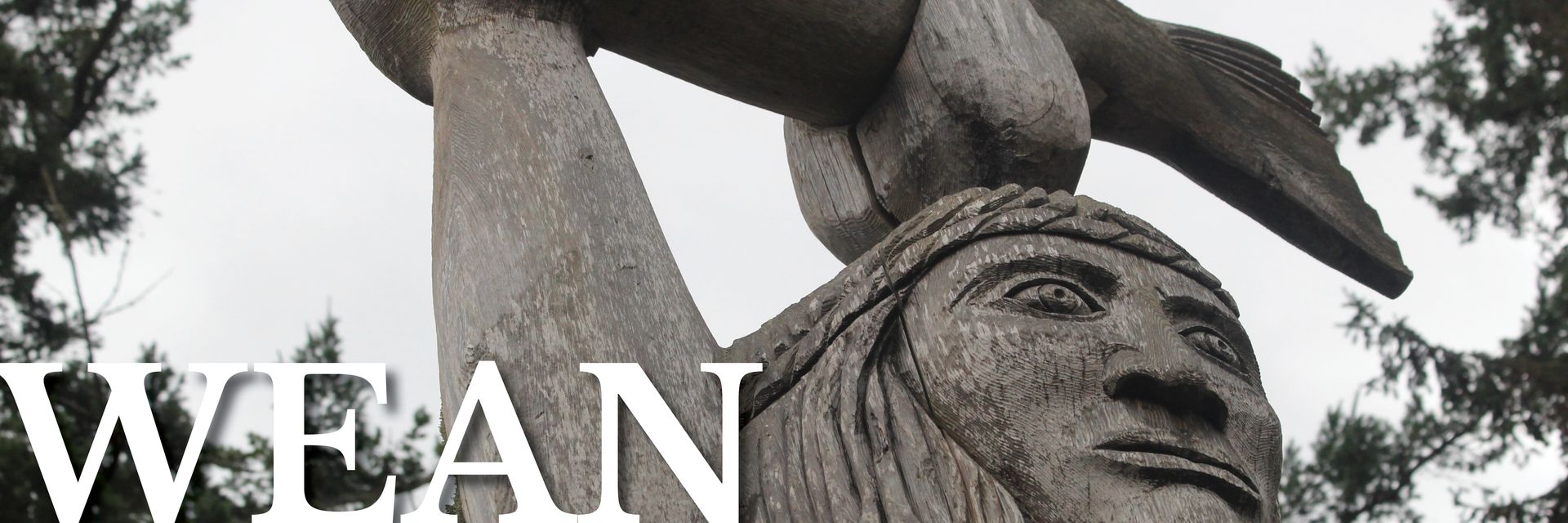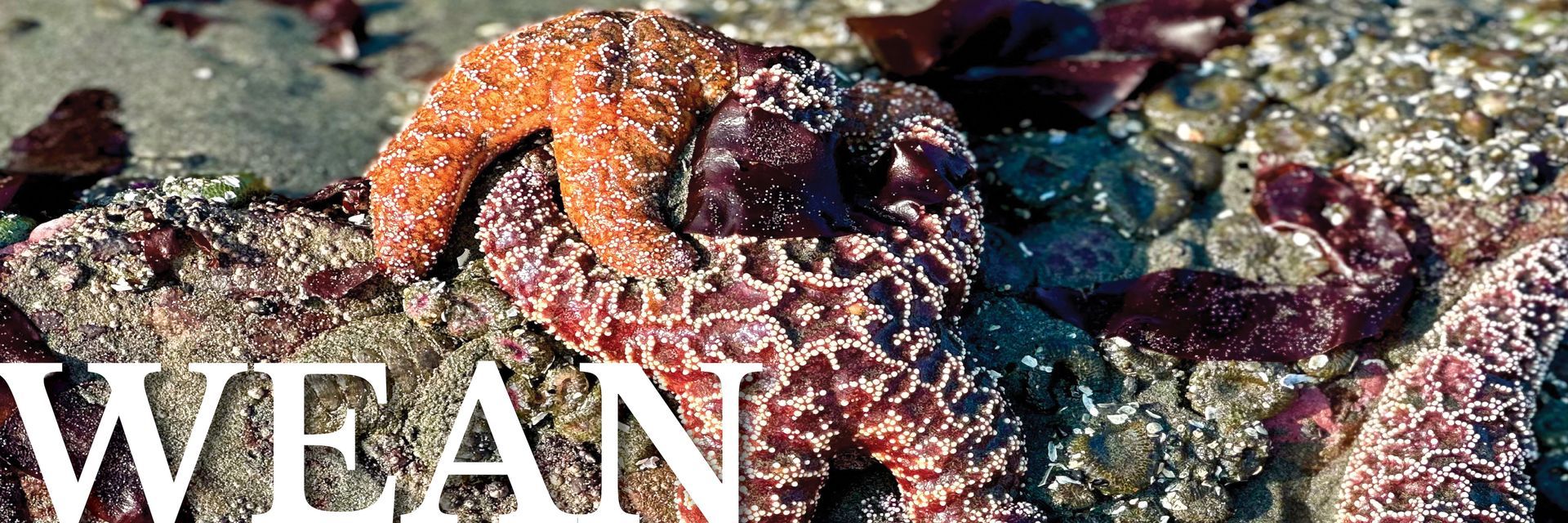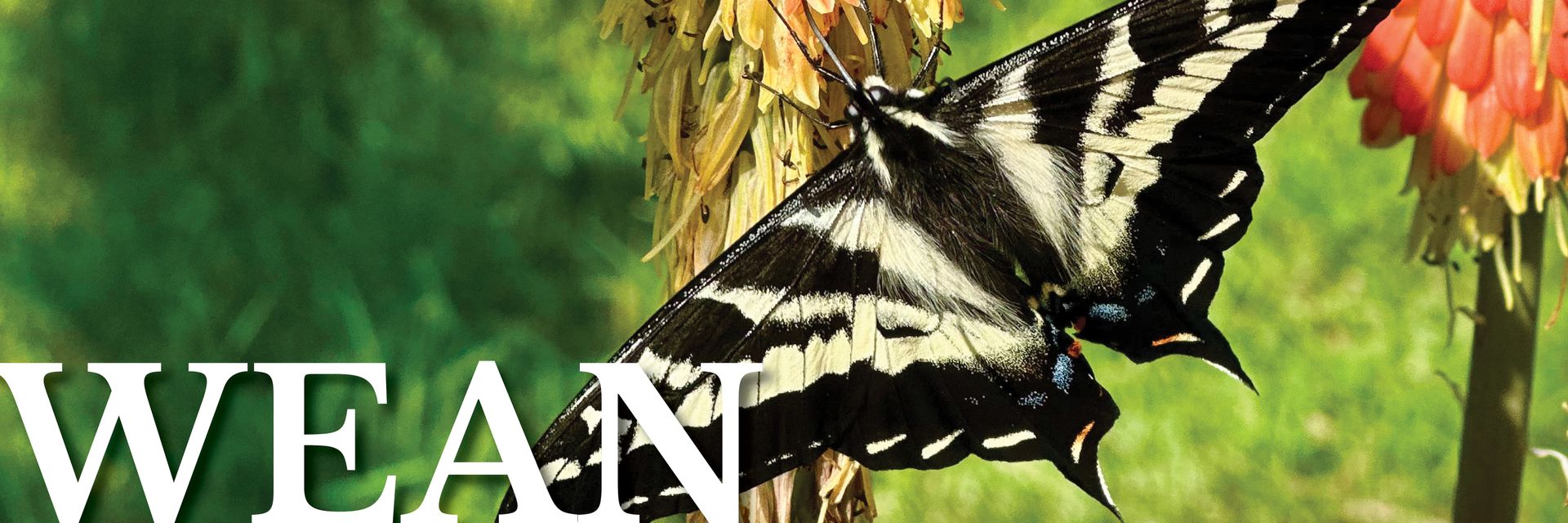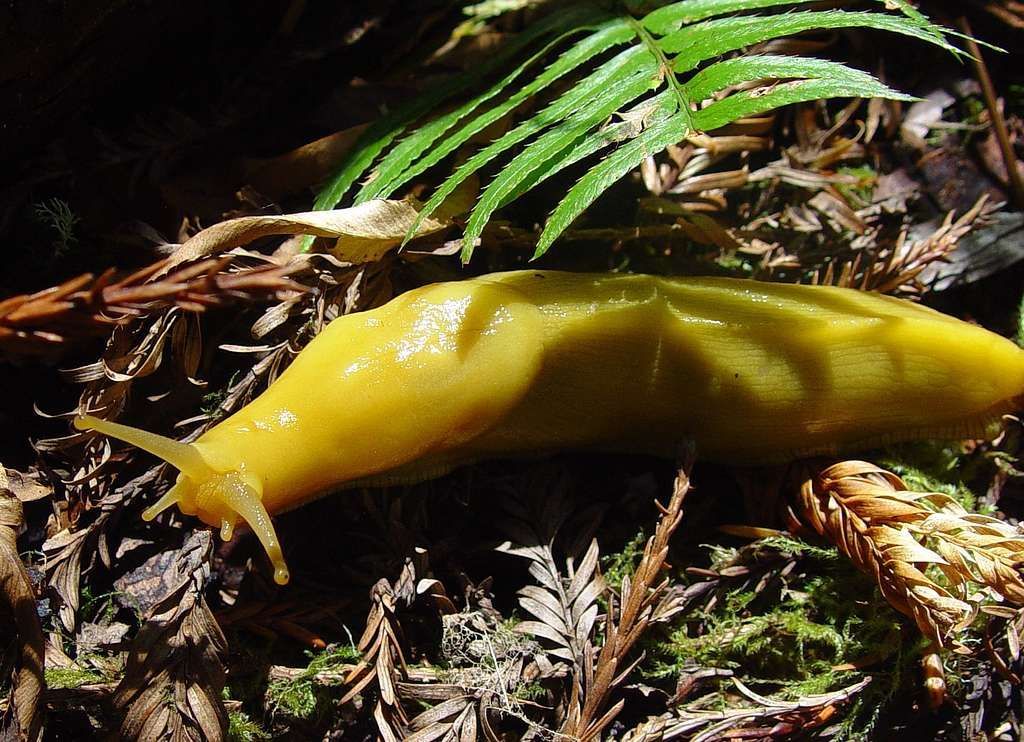Rubus spectabilis and its PNW relatives
Article by Marianne Edain
Salmonberries (Rubus spectabilis), like a lot of the fruits we eat, are in the Rose family (Rosaceae). Whether you’re eating apples, pears, plums, peaches, apricots, strawberries, or blackberries, they’re all in the Rose family. One of the most common characteristics of the family is that their flowers and fruits come in multiples of 5. Flowers will have 5 or 10 petals. Fruit will cluster on the tree or bush in 5s.
Within the Rose family is the Genus (think of it as their last name) Rubus. Those are the many blackberries native to our region – and some invaders we all know and love/hate. These are further separated into two groups: the blackberries and the raspberries.
Raspberry group
These all share the characteristic that when you pick the berry the core stays on the bush.
Rubus spectabilis – Salmonberry
“spectabilis” translates to spectacular, which refers to the bright pink/rose/red color of the flowers. The berries are variably salmon colored, hence the common name. They’re ripe right now. Kind of blah flavor, but very welcome because they are the first berry of the season. Lots of fine, small thorns.
Rubus parviflorus – Thimbleberry
“parviflorus” translates to few flowers. The flowers are white. This bush looks a lot more like a maple, with its big leaves, than a blackberry. And it is the only blackberry without any thorns. It is my all-time favorite for flavor. I love the fact that no amount of money will buy you a Thimbleberry. You have to pick it off the bush yourself because it is in the Raspberry group and it comes off as a smudge of bright red which you have to lick off your finger. Delicious.
Rubus leucodermis – Blackcap
“leucodermis” translates as blue skin. That refers to the long stems, which are a pale bluish color. The flowers are white. Berries are dark (not quite black). They have nasty thorns. I like the taste better than Salmonberry, but not nearly as much as Thimbleberry.
Blackberry group
The entire fruit, complete with core, comes off when you pick it.
Rubus ursinus – Trailing blackberry
“ursinus” translates as bear. It is sometimes known as bearberry. Not sure why. This is the blackberry that wraps its long thin thorny ground-covering vines around your ankles. The flowers are white. The berries are that characteristic nearly black. It is definitely good tasting. And if you find a good patch you can pick a lot of them.
The following varieties are invaders.
Rubus armeniacus – Himalayan blackberry
“armeniacus” translates as native to Armenia and neighboring areas. We all know this plant. Most of us have a love/hate relationship with it. It is a serious invader, growing to more than 8 ft if you let it. The thorns are murderous. It spreads faster than you can keep it under control. But then comes summer and the berries ripen. We all soften our purist stance and pick blackberries. Then come the first rains, the berries start to mold, and we all hate blackberry bushes again.
Rubus laciniatus – Cutleaf blackberry
“laciniatus” translates as lace leaved. The common name also refers to the leaf shape. The books claim that it is native in the eastern US. Here in the PNW it is just as bad as the Himalayan blackberry. Same thorns. Same summer berries, so we cut them slack until the rains start again.

